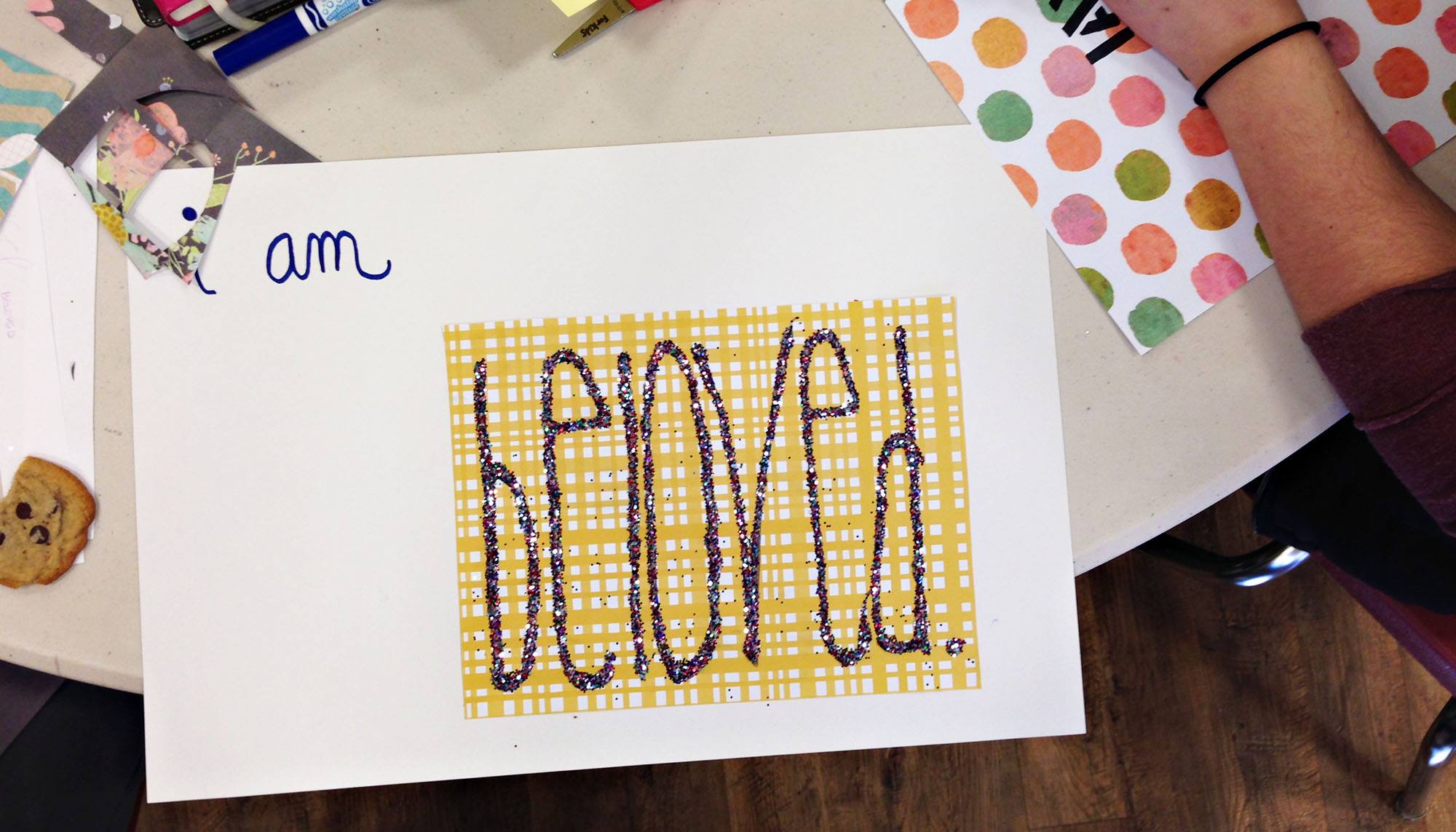In my last “Ask Maralee” post I addressed how my family has worked to build trust with our kids through the words we’ve used and how we talk to them. Today I want to address how we’ve used our actions and the environment we create to help facilitate the trust and attachment process. Here are 5 ways we build trust by what we do:
Prioritize following through. If I say I’m going to be home from an event before the kids go to bed, then that’s what I want to do. If I promise to take them out for a treat, then that’s what I’m going to do. I want them to know they can count on me to be a person of my word. This also means that I tend to under promise and over deliver. I rarely make promises because I know how often plans can change and I know how devastated my kids are when something keeps me from following through. I am an expert at the phrases, “I’m hoping to. . . “, “Right now, the plan is. . . “, “It would be really fun if we could. . . ” That way I’m not saying “Yes. We are going to go to the County Fair on Saturday.” but I’m expressing my desire to do that if it all works out.
Get down, look in their eyes, touch their shoulder. I know this could be a whole post in and of itself, but I think using our body language to create a trusting environment is HUGELY important. If we’re having an important conversation, I make sure I’m on eye-level with my child. I read something that called it “heart level” which I like even better. Is my heart at the same physical level as my child’s? Are we having heart-to-heart communication? I can’t do that while I’m making spaghetti or on my phone. That means sometimes I tell them I need to postpone a conversation until I can give them my full attention. And when I do give them my full attention, it involves my whole body. I have kids sit on my lap or I have my hand on their shoulder while we talk or I’ve got my hand on their cheek. I have one child who we regularly have our conversations with our foreheads pressed together. There are also times where side-by-side works best (doing a puzzle, washing dishes, driving in the car) because it feels like less pressure on them, but in general, I want to connect with them with my whole body when I sense they need it.
Look for opportunities for casual affectionate contact. I remember this so strongly from our days as houseparents at a group home. It was SO important to relationship building for me to find casual, appropriate ways to touch these big boys who were so craving attention and affection but didn’t always know how to ask for it. Of course there are some kids that will struggle with this and you need to be conscious of that and not push things on them that don’t feel comfortable. But for the rest of the kids, be intentional about finding ways to physically connect with them. Here are my favorite options: offer a back scratch, pat their back when you walk by, hug them, hold their face and give them a compliment, help them put lotion on their feet/legs/arms, play with their hair, give them a quick squeeze, pick them up, read to them on your lap or close to you on the couch, snuggle on the couch for movies, wrestle. Each of these activities will have an age range that’s appropriate and you need to figure out what that is for your child and your family dynamics. Sometimes when you’re dealing with kids from trauma, they may need some of those toddler type of interactions more than you’d anticipate because they didn’t get them when they were young. Always be willing to change what you’re doing if a child communicates (verbally or non verbally) that they’re uncomfortable.
Balance nurture and structure. I like my parenting like I like my bed– warm and firm. Kidding. Sort of. My very favorite quote on this is from Karyn Purvis: “When we give our children nurture when they need structure, we inhibit their growth. And when we give them structure when they need nurture, we inhibit their trust.” (See more here) We need our kids to know that they’re safe. If we overwhelm them with structureless nurture, then they don’t know what’s coming next, they don’t know what the rules are, they don’t know how to succeed. That’s terrifying. If we overwhelm them with nurtureless structure, they don’t know they’re loved. That’s heartbreaking. The environment that facilitates a trusting, attached bond is going to have both of those components. The practical working out of that philosophy is going to involve the things we’ve already talked about (pre teaching gives them structure, physical affection gives them nurture). If you’re running into a problem area with your child, it’s good to do a gut-check– Am I dealing with this in a way that’s too heavy on nurture or too heavy on structure?
Be available. I loved this article I read recently about the benefits of “Potted Plant Parenting.” This is basically my parenting method. I am present. I am available. My kids know where I am and know how to reach me and I’m here when they need me. And lots of times they don’t need me and they just do their own thing and I get to enjoy watching them. But when they need me, I’m here. I’m going to say the tough thing here, fully knowing that it’s going to be controversial: I think it’s going to be hard to build a bond of trust with a child who has already experienced a break down of trust in his life if you aren’t physically present for the majority of his waking hours. I’m not saying it isn’t possible to build that bond, I’m just saying that I think one of the reasons my kids trust me is because I’m here. They have many experiences of interacting with me in ways that are trust building. I gave them 99% of their bottles once they were placed in my home. When they cried in the night it was almost always me (or their dad) who helped them. I fed them their meals, I put band-aids on wounds, I read the stories. They had many opportunities to learn my character and know that they could trust me. If I wouldn’t have been physically present, I think we still could have accomplished those things, but I think it would have taken more intentionality and more time. Less Potted Plant and more Venus Fly Trap. . . or something. If you are going to have your child in childcare during the majority of their waking hours, I think you have to be really conscious about how “trauma informed” that childcare provider is and how they’re working to balance that nurture vs. structure aspect. This is SUPER frustrating for foster parents who for reasons beyond their control have to put kids in less than ideal daycare environments or send them on visits with untrustworthy adults. It’s killer. But it just means we have to work even harder during the times we have them to be intentional about trust building. I have friends who have fostered or adopted kids and had them in daycare and it is beautiful to me to see the loving, attached relationships they have been able to build. That is the result of lots of hard, intentional work to be present and attentive during the hours they are with their child. Put down the phone. Do the baby wearing thing. Take vacations together. Have a long, lavish bedtime routine. Feed them in the night long after they “need” it. Carry them on your hip even when they’re big enough to walk. Do what it takes to be sure they know they can trust you even if other people don’t understand. This is NOT like parenting a biological child. You are building something from scratch here and making up for lost time. Put in the work now and it will reap dividends long into the future.
I hope this has been helpful and I’m happy to hear how you’ve built trust in your home, too. And as always– feel free to send me an Ask Maralee question of your own at the email address listed on my Contact page or through my Facebook page. Thanks!

